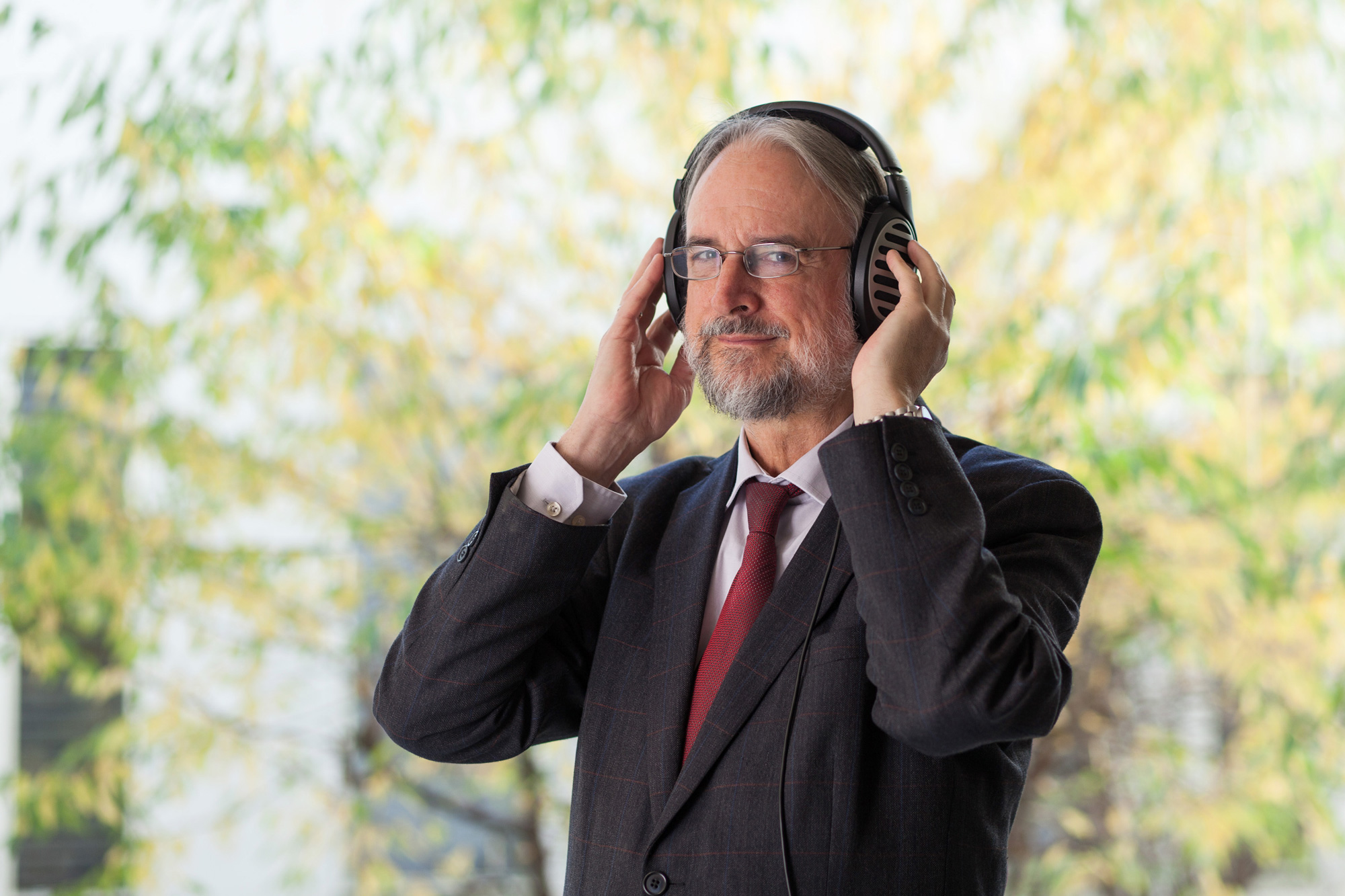
25 years ago, in July 1995, representatives of the German Fraunhofer Institute for Integrated Circuits (Fraunhofer-Institut für Integrierte Schaltungen, for short Fraunhofer IIS, FIIS) made an important decision: to use the .mp3 extension to denote a new data encoding standard. The date of this event is considered to be MP3's birthday.
The format was created for the transmission of audio files over slow communication networks, originally telephone. There were other standards in 1995, but they couldn't compress audio files as efficiently as MP3s could. He made possible the rapid development of the media industry, including the development of digital players.
When the mountains were high and computers were slow ...

Source: hackaday.com
In fact, 25 years ago it was the extension for files encoded according to the new standard that appeared. But its development started much earlier.
In 1977 the young scientist Karlheinz Brandenburg from the Erlangen-Nuremberg Institute. Friedrich Alexander Universität, or FAU, started looking for audio compression techniques. Five years later, his supervisor asked for help to patent the technology for transmitting music data over telephone lines. Now it sounds strange, but the patent office refused them, explaining the refusal by the impossibility of implementing the technology.

Three years later, the institute where the scientist worked received powerful computers. And the researchers who had access to these machines were able to carry out complex calculations, including experiments with sound. Brandenburg made some progress in sound compression and eventually received a patent for his invention.
According to the stories of Brandenburg himself, he experimented with the same song - "Tom's Diner" by Suzanne Vega. It was his favorite song, which remained so even after listening to the track about 1000 times. As a result, we managed to find an acceptable way to compress audio, discarding everything that the human ear simply cannot perceive. The quality does not suffer greatly from this, but the output file is very small in comparison with the results of other compression methods.
Way to success

Source: Wikipedia
In 1992, MPEG Layer 3 technology was still not popular. However, it was prepared for commercial use and became an ISO standard as well. At that time, MPEG Layer 2 was in use, which was considered an excellent technology. Business did not see MP3 as a promising alternative to existing solutions.
In order to solve this problem and draw the attention of users to the new standard, the creator of MP3 with colleagues decided to conduct an experiment on transferring an audio file over the Internet. The transmission technology was developed and the experiment was successful. Telos Systems from Cleveland took part in the experiment.
But, as it turned out, these were all little things. The real success came later, after the developers put the encoder online. It allowed encoding audio to MP3 with a duration of only a minute. But one of the enthusiasts who downloaded the encoder was able to hack the utility and was able to compress audio of any length.
After that, MP3 very quickly became a popular format as it allowed the Internet community to stream songs over dial-up. Then came Napster, and with it so-called digital piracy. Musicians began to distribute their records over the network, music lovers freely exchanged any music in any volume as the network allowed. In 2001, Steve Jobs introduced the iPod, which was capable of storing a record 1,000 songs.
Subsequently, the music industry began to struggle with the free exchange of music, which provoked an increase in the popularity of streaming music services. And all this became possible thanks to the invention of Karlheinz Brandenburg and his colleagues.
What is Brandenburg doing now?

Source: brandenburg-labs.com
Karlheinz Brandenburg retired after 20 years at his institute. The researcher has not abandoned his favorite work, he continues to work with sound, only he has changed the direction. The scientist founded Brandenburg Labs and is working on the creation of a new technology PARty.
According to the developers, it allows you to jam certain audio frequencies so that the user can hear others better. This is smart noise cancellation, when a person who is near the source of noise can call the phone without any problems and not shout into the receiver - both him and the interlocutor will be heard. Perhaps in a year or two we will hear about a new breakthrough technology of the inventor of MP3.
What would whip the llama's ass?

Source: ianimal.ru
Yes, did you know that Winamp is now available for free? If you didn't know, now yes. Enjoy .